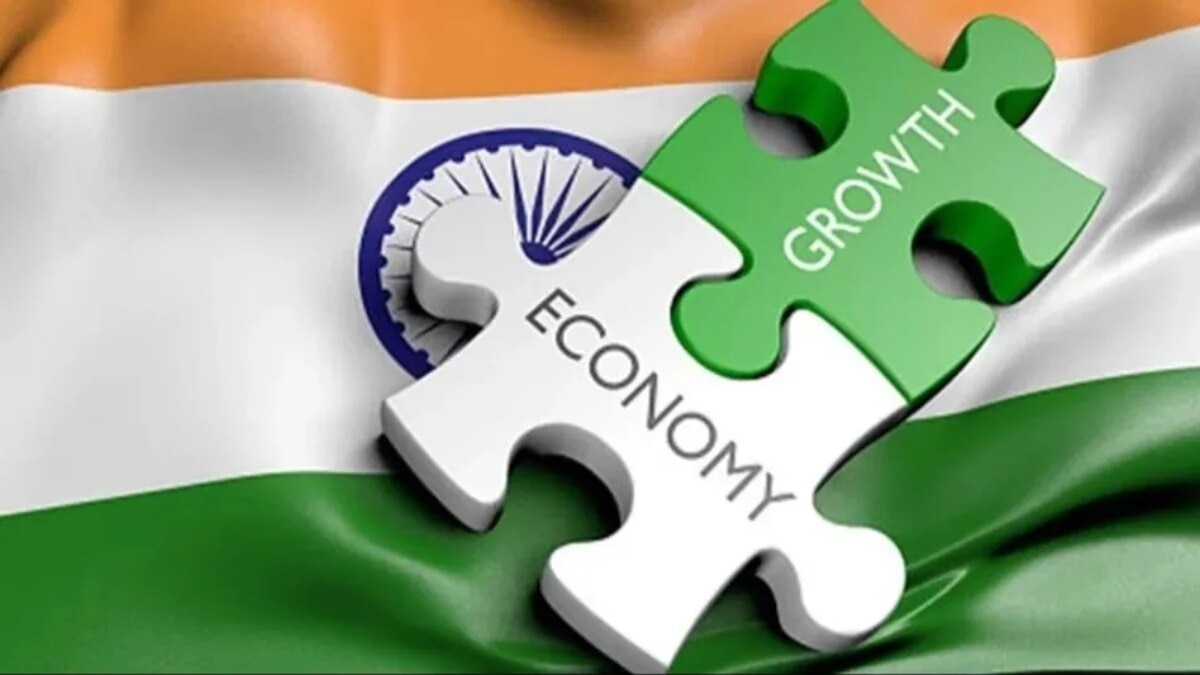While India obsesses over decoupling from China, the real manufacturing rival may be Vietnam, at least according to venture capitalist Rajeev Mantri.
“Vietnam is rapidly restructuring its government, halving the number of provinces and cities, eliminating an entire layer of government, and laying off at least 20% of civil servants by 2030,” Mantri writes on X.
“The goal is to streamline bureaucracy, reduce corruption, and boost economic growth, aiming for 8% in 2025 and at least 10% thereafter.”
Signed into law as Resolution 60, the reforms are the most sweeping since the 1986 Doi Moi liberalisation. General Secretary To Lam is leading the charge, vowing to clear administrative hurdles, reorganize the Communist Party’s internal structure, and digitize nearly a third of all procedures.
Vietnam will reduce its 63 provinces and cities to 34 by September, eliminate inefficient districts, and lay off over one-fifth of civil servants within five years. The country hopes this will not only increase transparency but also allow over 60% of provinces to have direct sea access—critical for industries like seafood exports, tourism, and port logistics.
Lam, who took office after the passing of his long-serving predecessor Nguyen Phu Trong, has fast-tracked changes with a clear warning: “The rest of the world has gone very far ahead from us. They are also growing very fast. If we do not innovate, we will lose.”
With civil servants earning between $110 and $890 per month, the government hopes that better pay scales tied to private sector benchmarks will curb corruption. Still, letting go of long-tenured officials remains politically sensitive. “Those who do not see themselves meeting the requirements should proactively resign… It is an act of bravery,” Lam said.
Vietnam’s lawmakers will meet through May and June to pass enabling legislation, even if it means “working overnight.” The stakes are high—by 2045, the government wants Vietnam to be a high-income nation, one bureaucracy-free law at a time.







